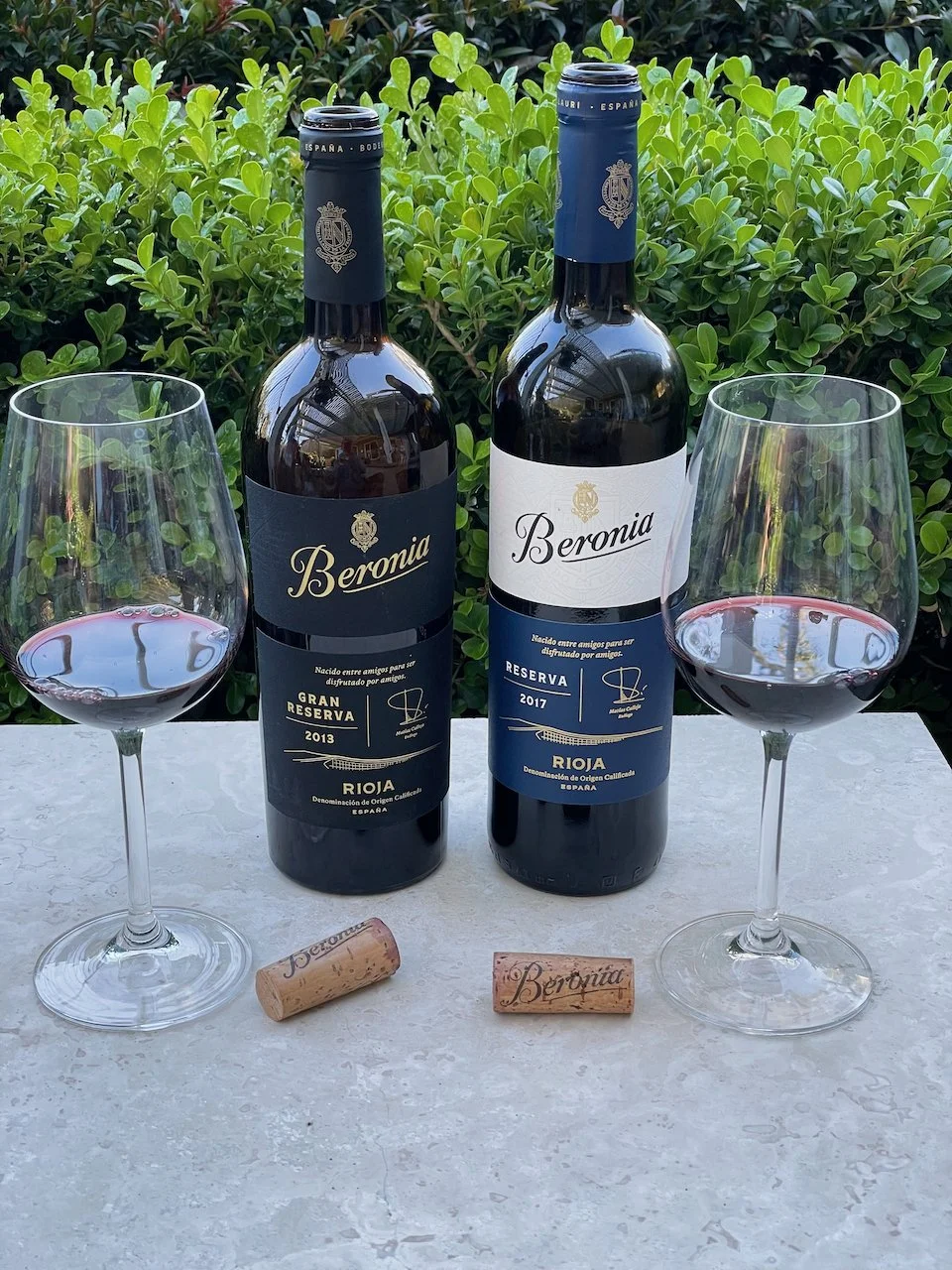You may have heard of wines being described as “dry.” When I started out learning about wines, I was told that the best wines are dry wines. But what does that really mean? The problem is that the term can mean a couple of different things.
Some people will refer to a wine as being dry because of the way that it tastes or the sensation that the wine produces in their mouth. And, yes, wines can make your mouth feel dry.
The sensation of dryness in the mouth is actually the result of tannic compounds in the wine or 'the tannins.' Tannins come from the skins and seeds of the grape. And these tannic compounds are the same ones that you experience when you drink a strong cup of tea or when you eat nuts such as walnuts. They yield the same effect; a drying sensation in the mouth.
But 'dry' generally refers to the lack of residual sugar in a wine. That is, during the fermentation process, the yeast is allowed to consume all the natural sugar in the juice of the grape and convert it into alcohol. Thus, dry wines actually contain little to no sugar. If the fermentation process is interrupted before the natural sugars are converted to alcohol, then you end up with a wine that has a residual sugar level greater than zero. These wines are referred to as being ‘off-dry'.’
Now, the question that still don’t know the answer to is why the word ‘dry’ became synonymous with wines of low or no residual sugar. But, I’ll keep digging!
Cheers!



